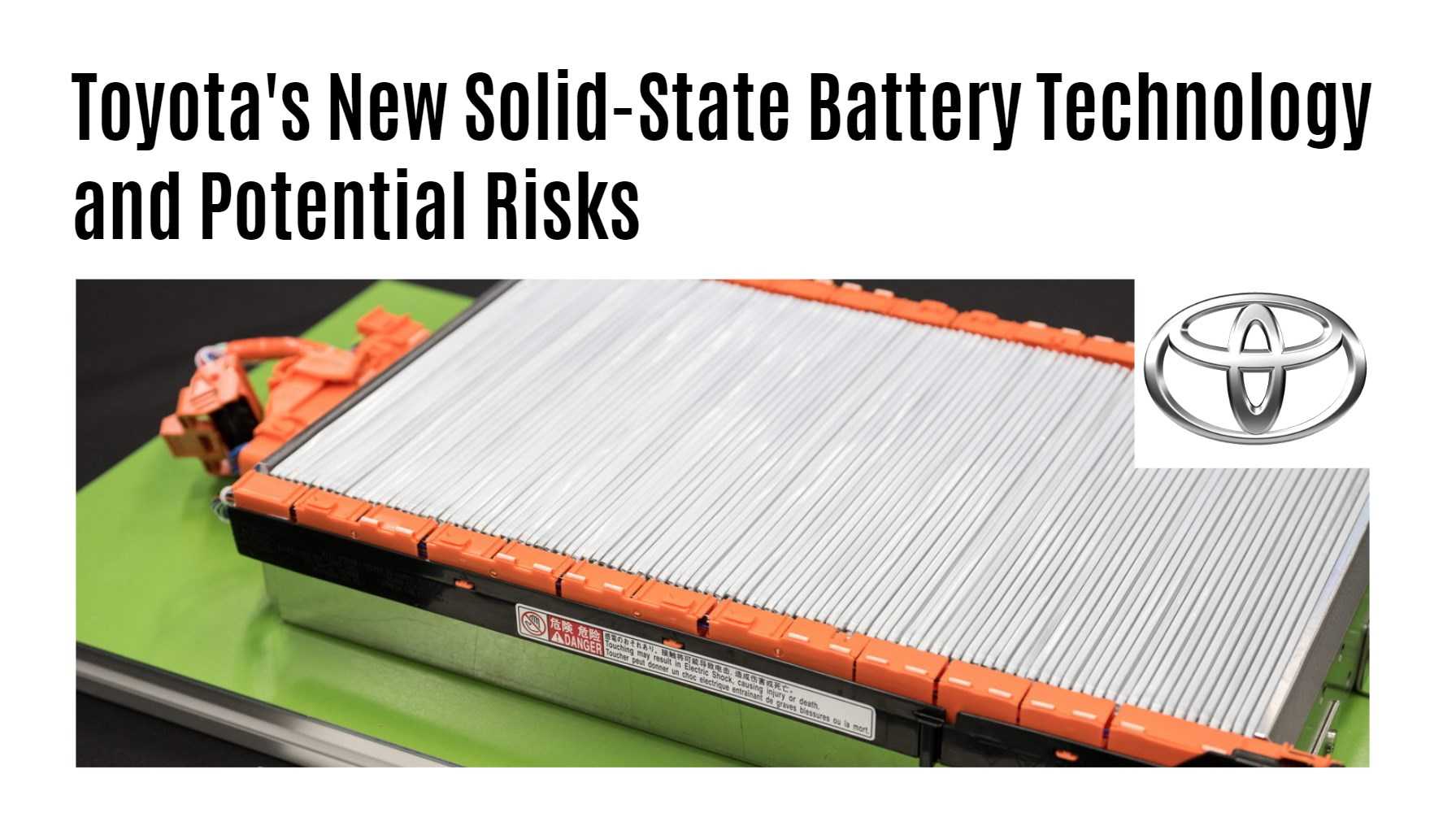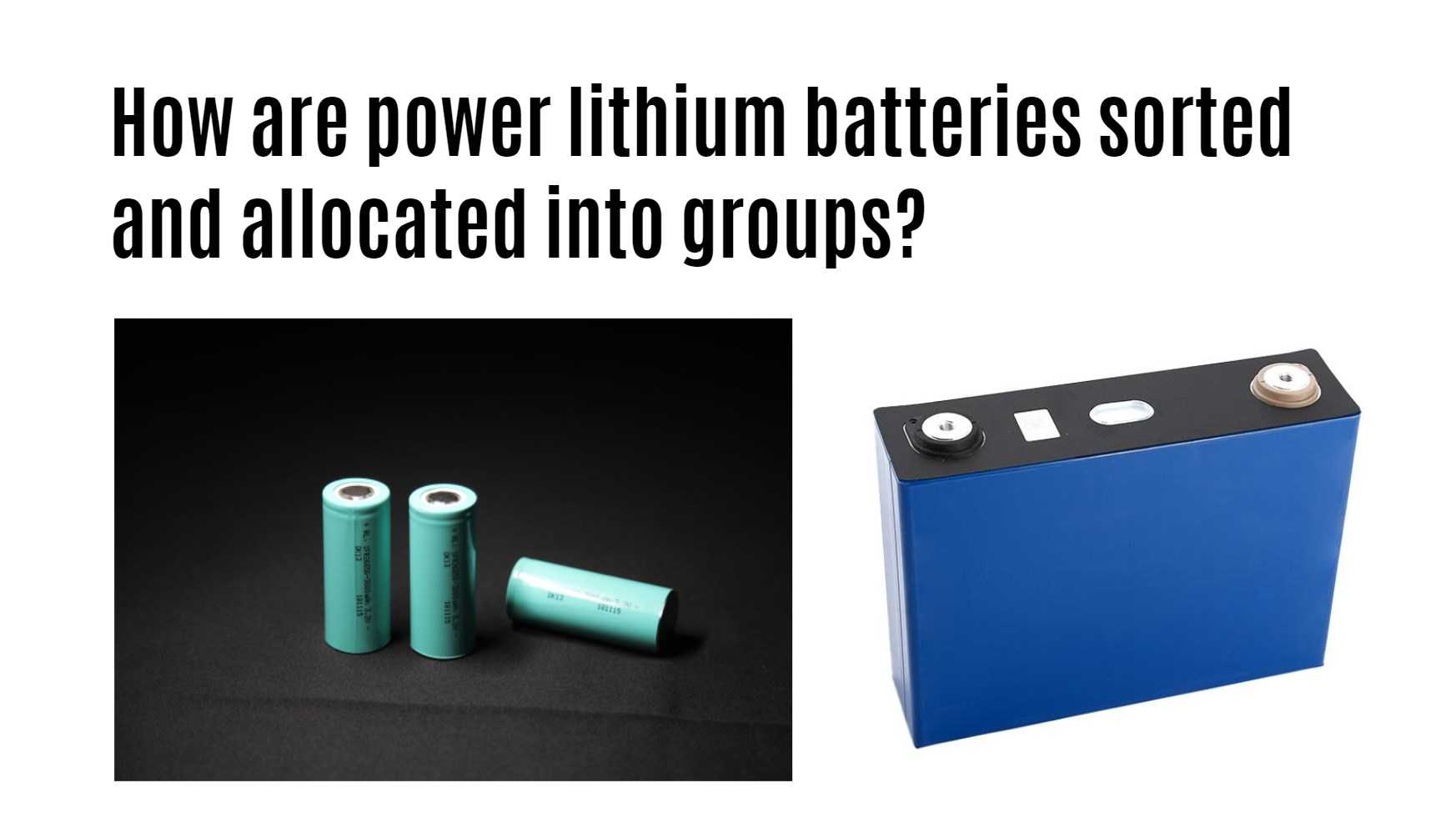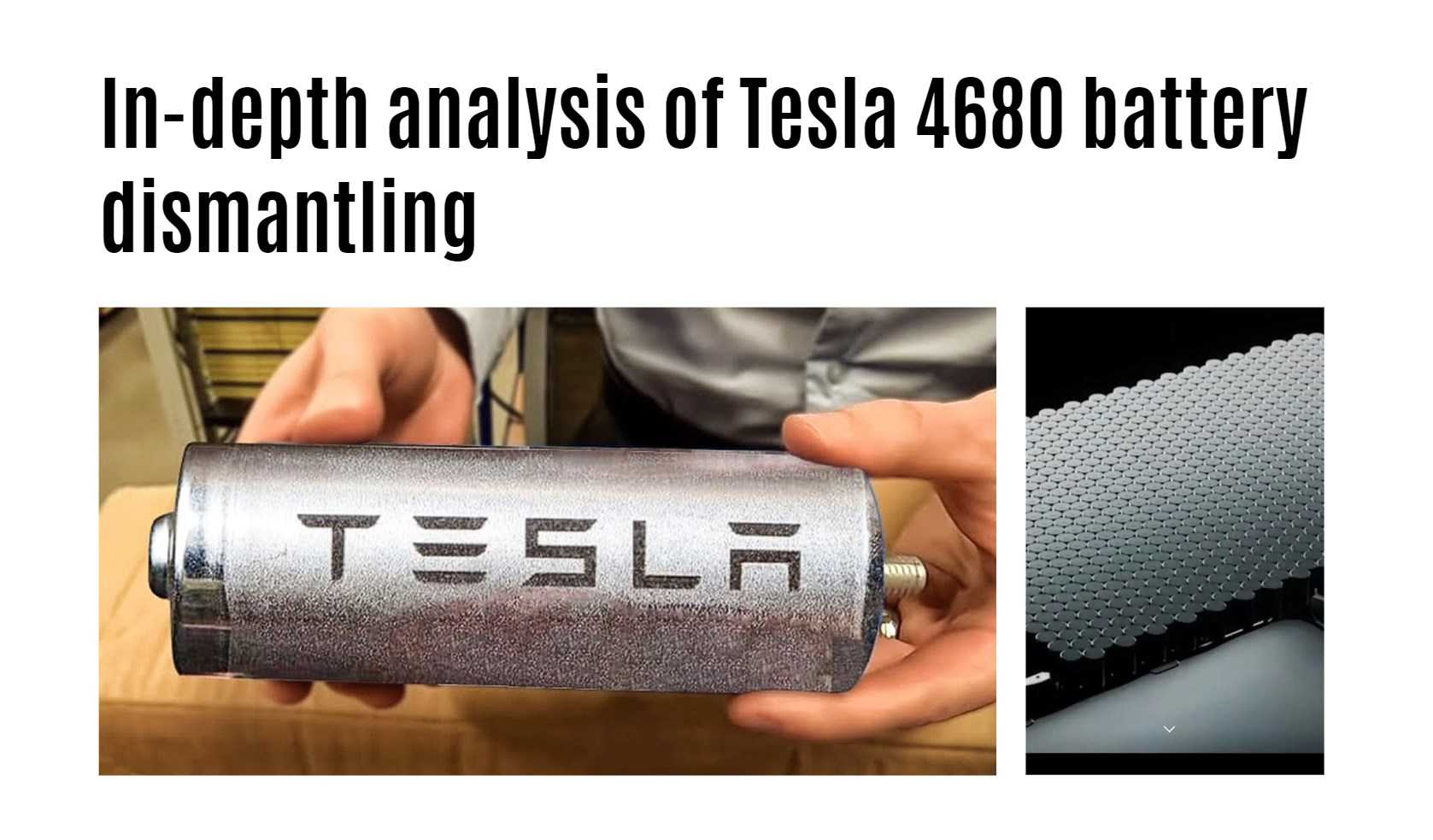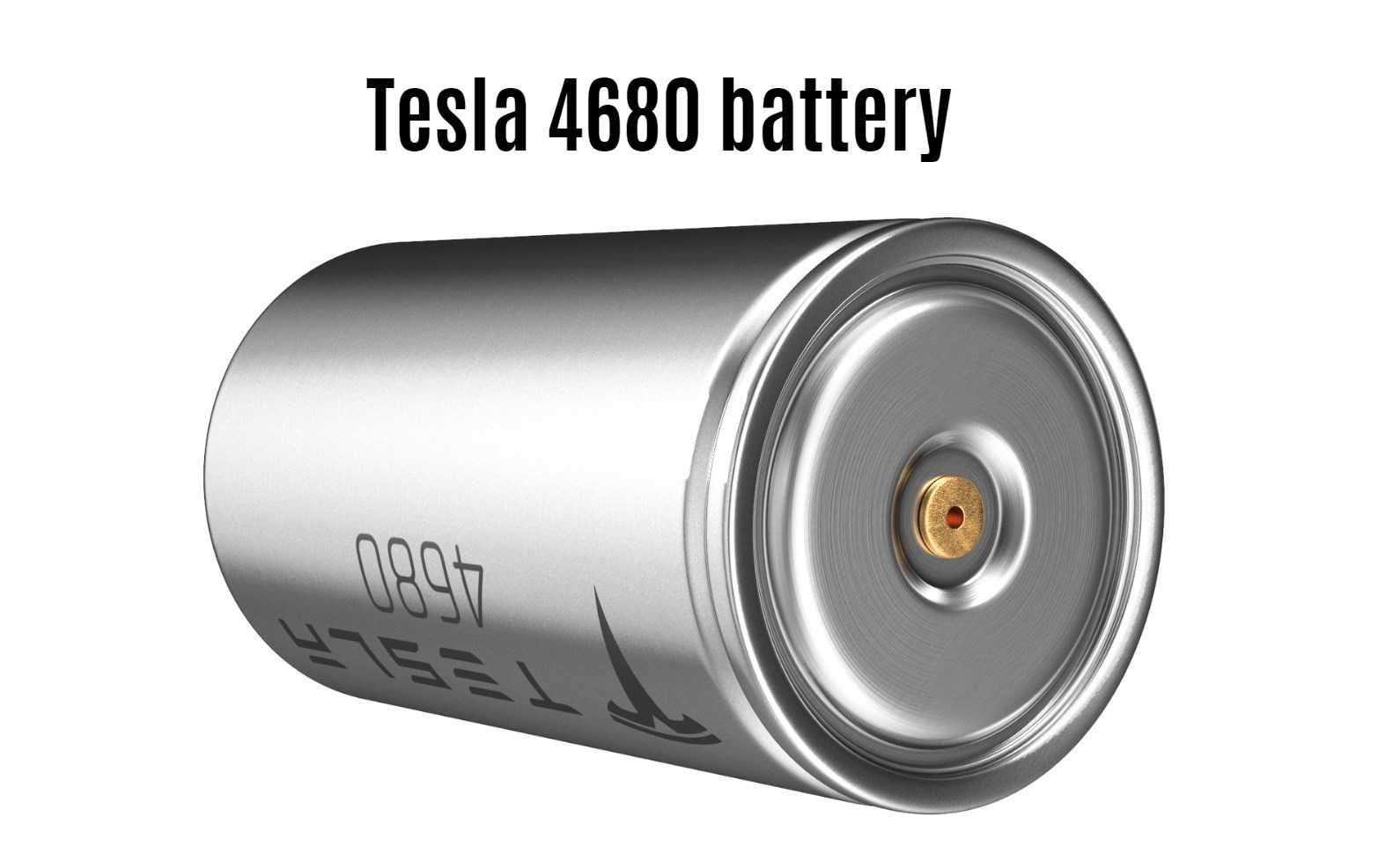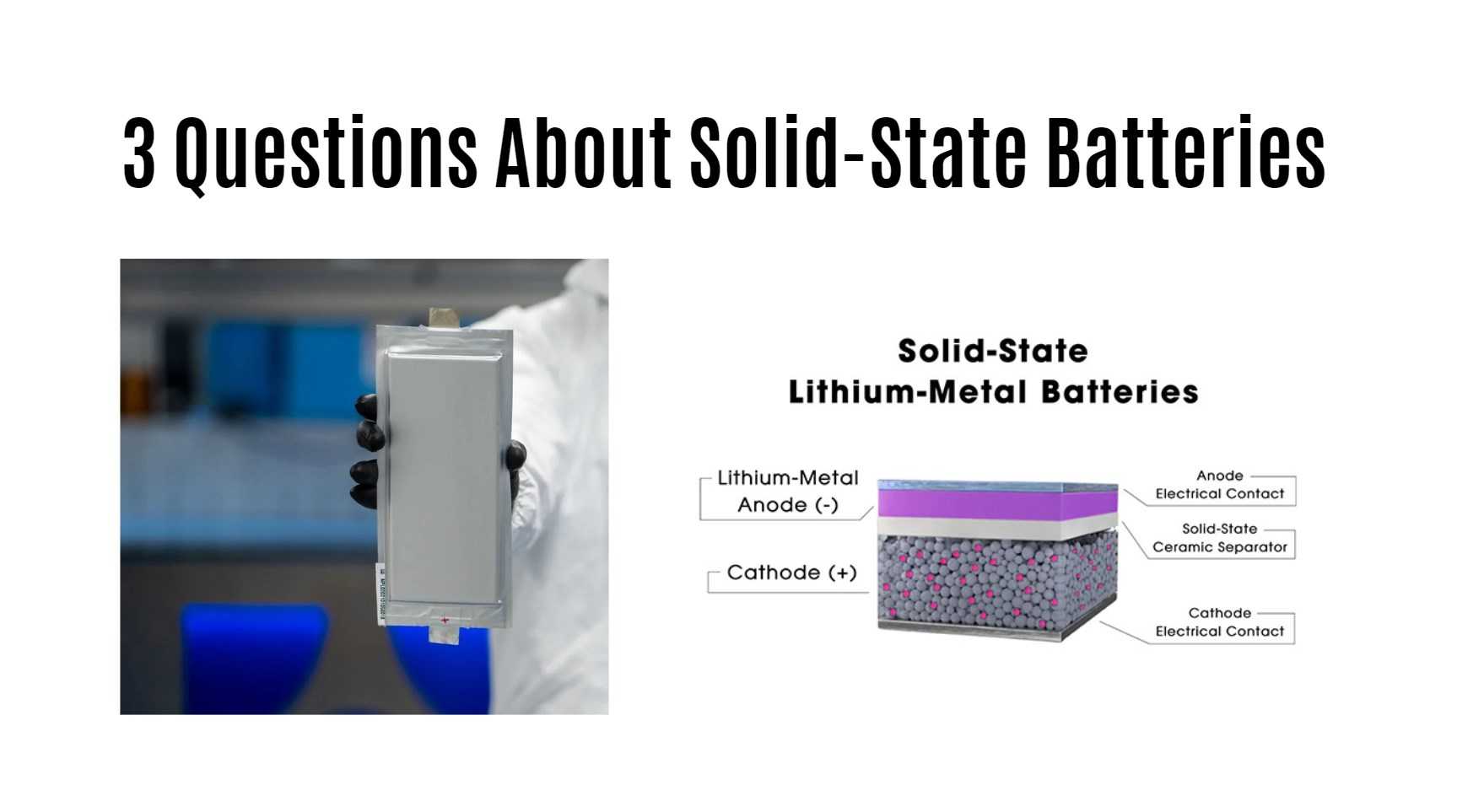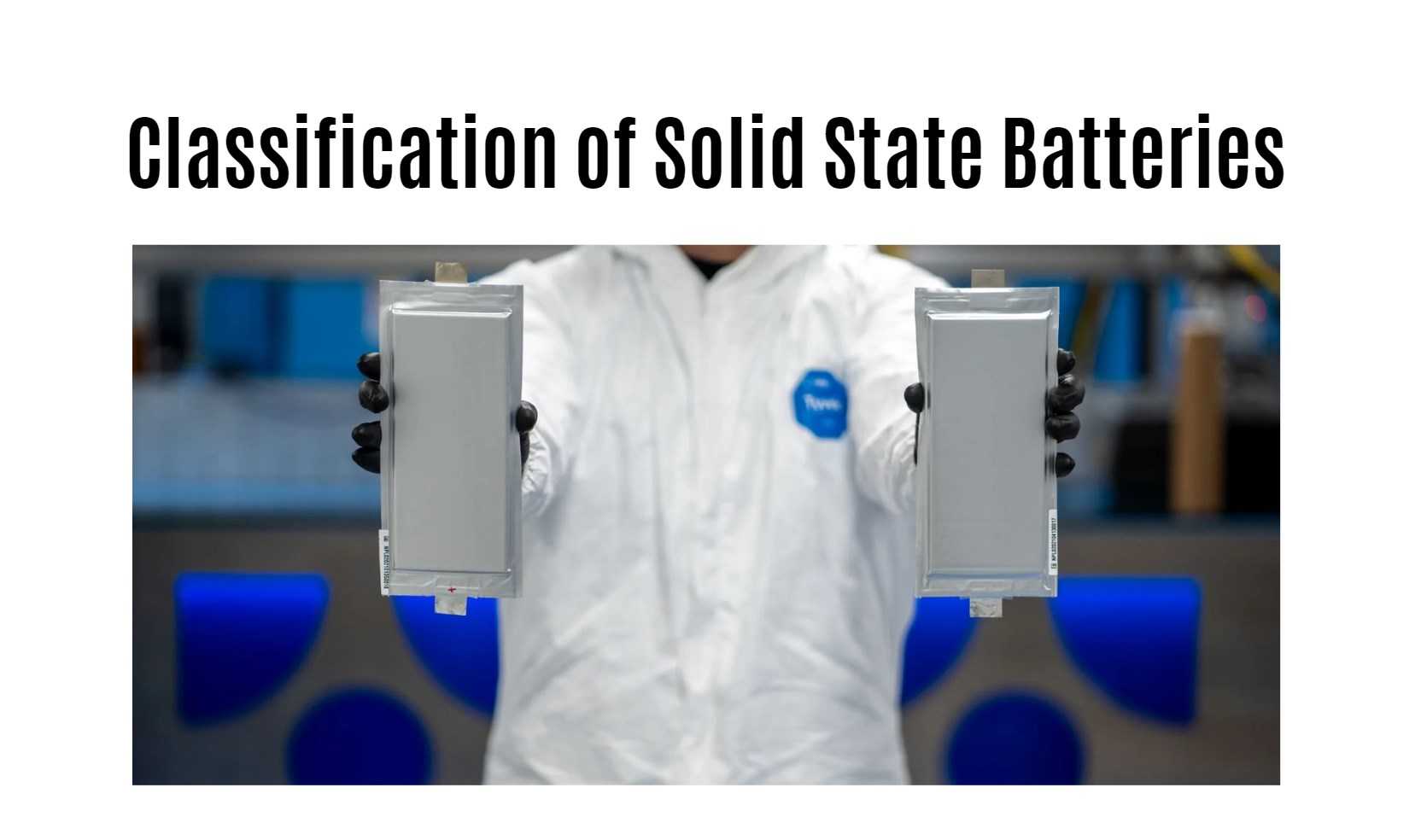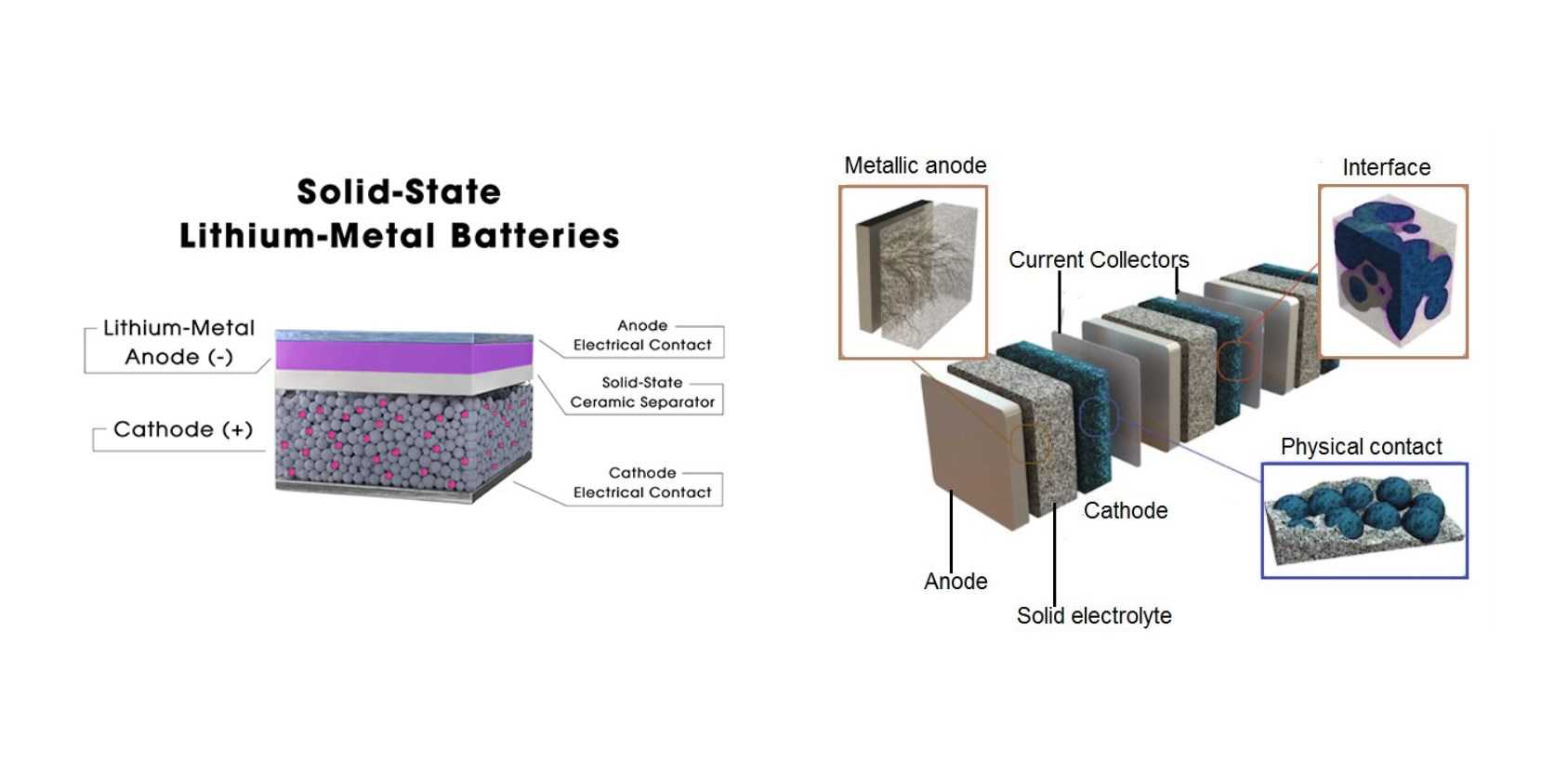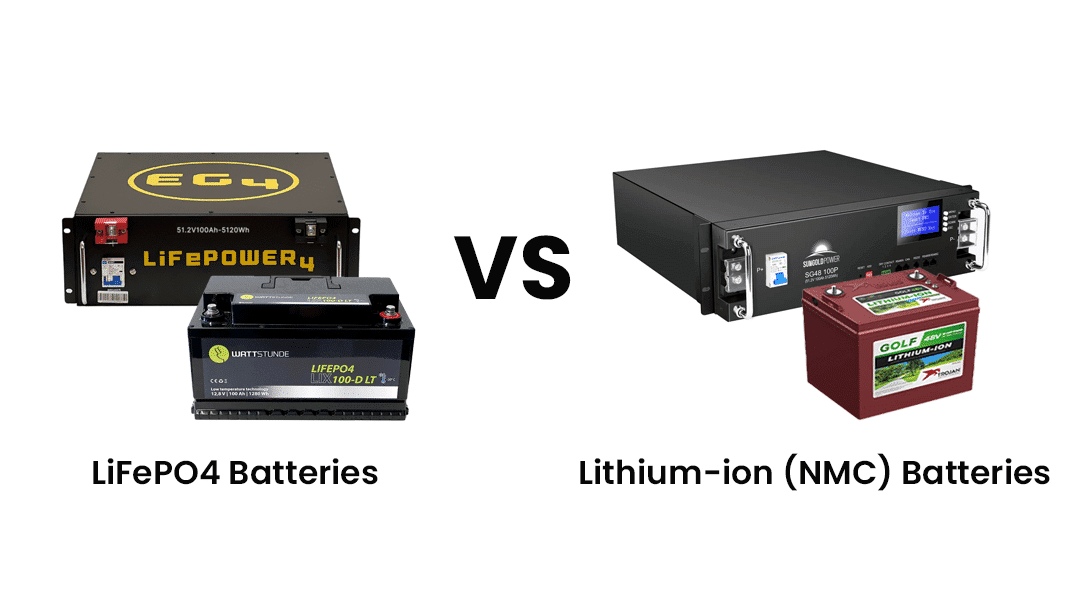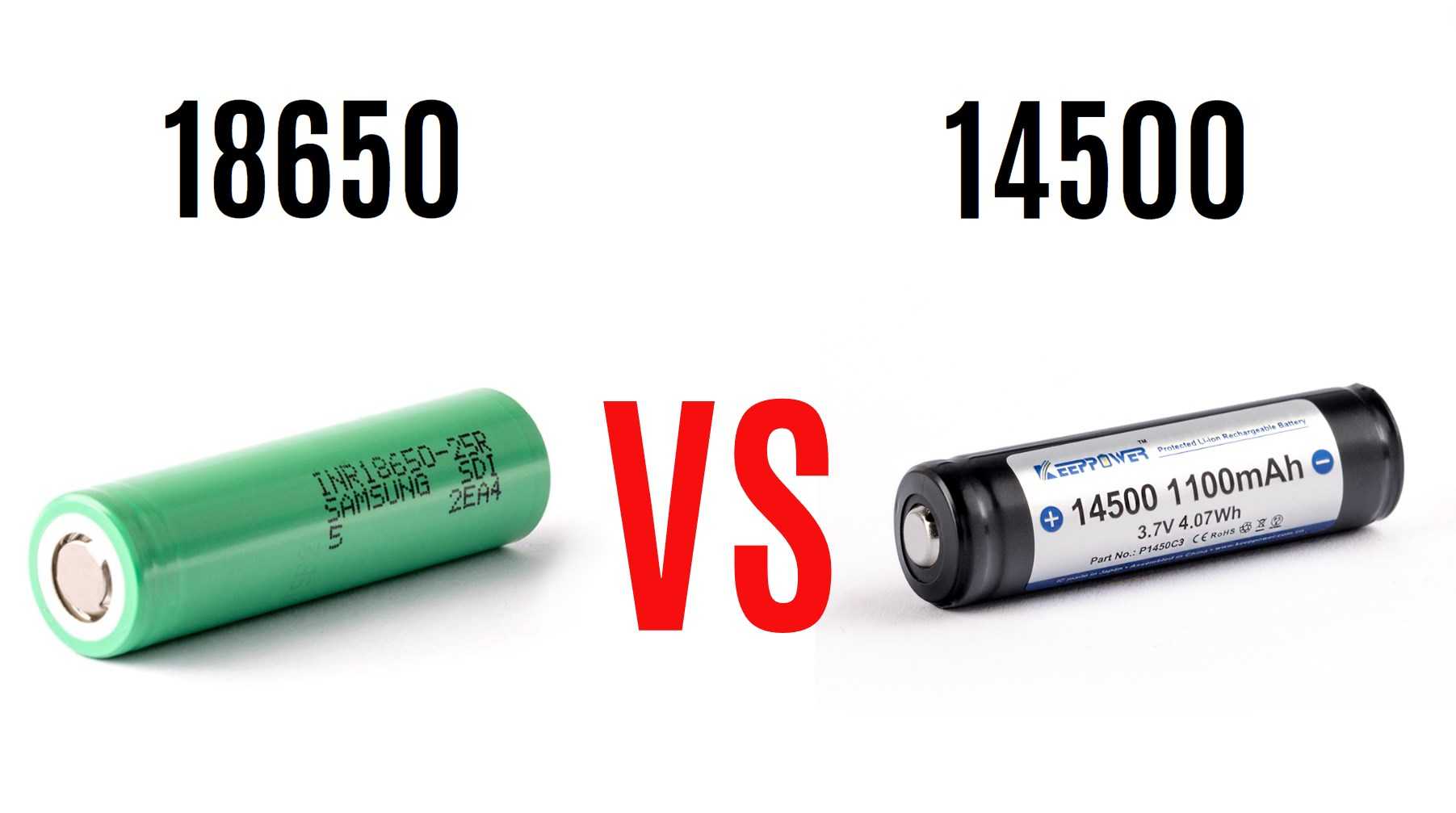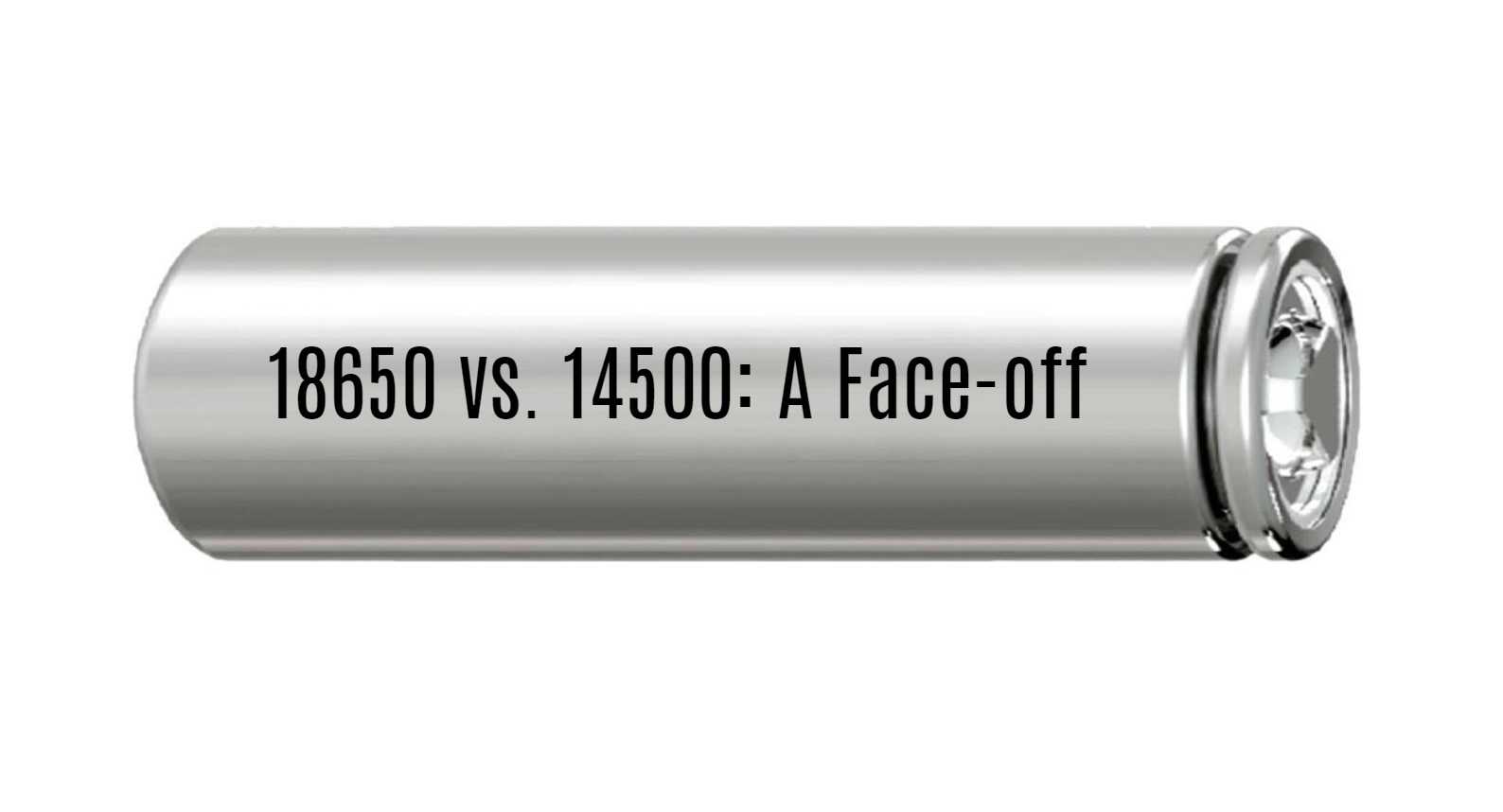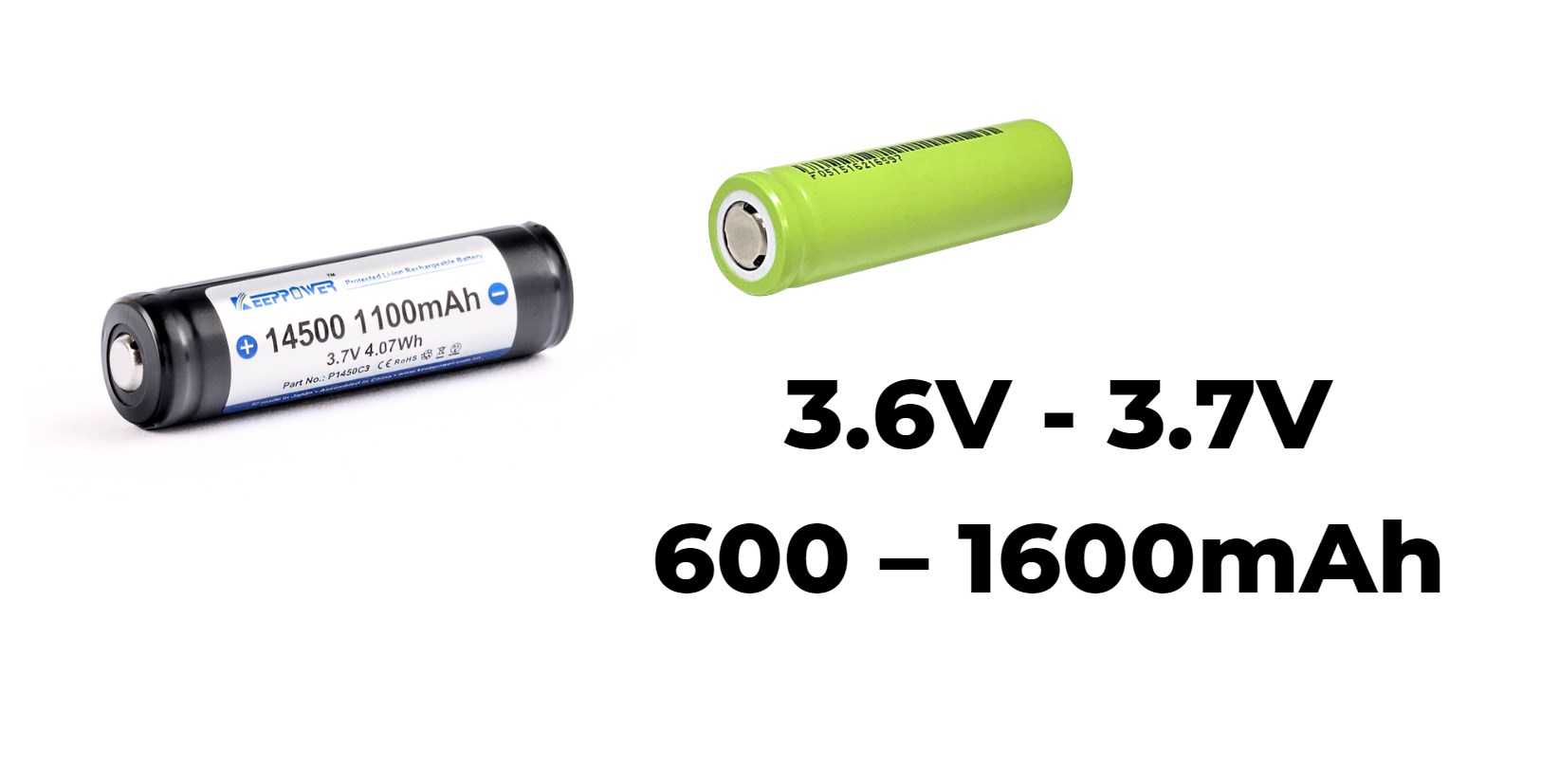How Aachen residents apply for German government subsidies?
Aachen residents can apply for German government subsidies through various programs aimed at promoting energy efficiency and sustainability. The application process typically involves filling out an online form, providing necessary documentation, and submitting it to the relevant authority. Specific subsidies may vary based on the project type, such as renewable energy installations or energy-saving renovations.
Understanding the Subsidy Application Process in Aachen
Germany offers a range of subsidies to support residents in improving energy efficiency and transitioning to renewable energy sources. In Aachen, these programs are designed to encourage sustainable practices while making financial assistance accessible to homeowners and businesses. This comprehensive guide outlines the steps residents need to take to successfully apply for government subsidies.
1. Types of Available Subsidies
Aachen residents can benefit from various types of government subsidies, including:
- Energy Efficiency Grants: Financial support for home renovations that improve energy efficiency, such as insulation and window replacements.
- Renewable Energy Incentives: Subsidies for installing solar panels, heat pumps, or other renewable energy systems.
- Electric Vehicle (EV) Charging Station Grants: Assistance for homeowners who wish to install EV charging stations.
2. Eligibility Criteria
To qualify for these subsidies, applicants must meet specific eligibility criteria:
- Residency: Applicants must be residents of Aachen or own property within the city.
- Project Type: The project must align with the objectives of the subsidy program, focusing on energy efficiency or renewable energy.
- Documentation: Proper documentation proving ownership and project details is required.
3. Application Process
The application process generally involves several key steps:
- Research Available Subsidies: Residents should start by researching the different subsidy programs available in Aachen through official government websites or local authorities.
- Gather Necessary Documentation: Collect all required documents, including proof of residency, property ownership documents, and detailed project plans.
- Complete the Application Form: Fill out the appropriate application form online or in person at designated offices. Ensure that all information is accurate and complete.
- Submit the Application: Submit the completed application along with all supporting documents to the relevant authority overseeing the subsidy program.
- Await Approval: After submission, applicants will receive confirmation and may need to wait for a review period before receiving approval.
- Project Implementation: Upon approval, residents can proceed with their projects according to the guidelines provided by the subsidy program.
- Final Report Submission: After completing the project, a final report may be required to confirm that it meets all necessary standards.
Tips for a Successful Application
To enhance the chances of a successful application, consider these tips:
- Consult with Experts: Engage with local energy consultants or contractors who can provide insights into eligible projects and help with documentation.
- Stay Informed: Keep up-to-date with any changes in subsidy regulations or new programs introduced by the government.
- Submit Early: Apply as early as possible to avoid missing deadlines and ensure timely funding for your project.
Latest News
- The German government has recently increased funding for renewable energy projects as part of its climate action plan.
- Aachen’s local authorities are hosting informational sessions to guide residents through the subsidy application process.
- A new online portal has been launched to streamline applications for various government subsidies related to energy efficiency and sustainability.
Redway Expert Comment
As experts in Lithium LiFePO4 battery technology at Redway Battery, we recognize the importance of government subsidies in promoting sustainable energy solutions. These financial incentives not only support individual homeowners but also contribute significantly to Germany’s overall climate goals. We believe that integrating advanced battery technologies with renewable energy systems will further enhance energy efficiency and sustainability in Aachen and beyond.”
Conclusion
Applying for German government subsidies in Aachen is a straightforward process that can lead to significant financial benefits for residents looking to improve energy efficiency or invest in renewable technologies. By understanding the types of available subsidies, eligibility criteria, and application steps, residents can take advantage of these opportunities to enhance their homes while contributing to a more sustainable future.
FAQs
What are the eligibility criteria for German government subsidies in Aachen?
To qualify for German government subsidies in Aachen, applicants must be residents with a valid residence permit, either renting or owning property. Household income must not exceed specific thresholds based on family size and local rent bands. Additionally, applicants should not be receiving other social benefits that conflict with subsidy eligibility.
How can Aachen residents apply for German government subsidies online?
Aachen residents can apply for government subsidies online through the local authority’s official website or designated application portals. They typically need to create an account, fill out the necessary forms, and upload required documents to complete their application process.
What types of subsidies are available for residents in Aachen?
Residents in Aachen can access various subsidies, including housing benefits (Wohngeld) for renters and homeowners, energy efficiency grants for renewable energy projects, and support for electric vehicle purchases. These subsidies aim to reduce living costs and promote sustainable practices.
Are there specific deadlines for applying for German government subsidies in Aachen?
Specific deadlines for applying for government subsidies in Aachen may vary by program. Generally, applications for housing benefits should be submitted before the start of the entitlement period, and it is advisable to check the local authority’s website for any specific deadlines related to different subsidy programs.
What documents are required to apply for German government subsidies in Aachen?
To apply for government subsidies in Aachen, applicants typically need to provide documents such as proof of income (e.g., pay slips or bank statements), rental contracts or mortgage agreements, registration certificates, and any relevant utility bills. Additional documentation may be required depending on the specific subsidy program.





